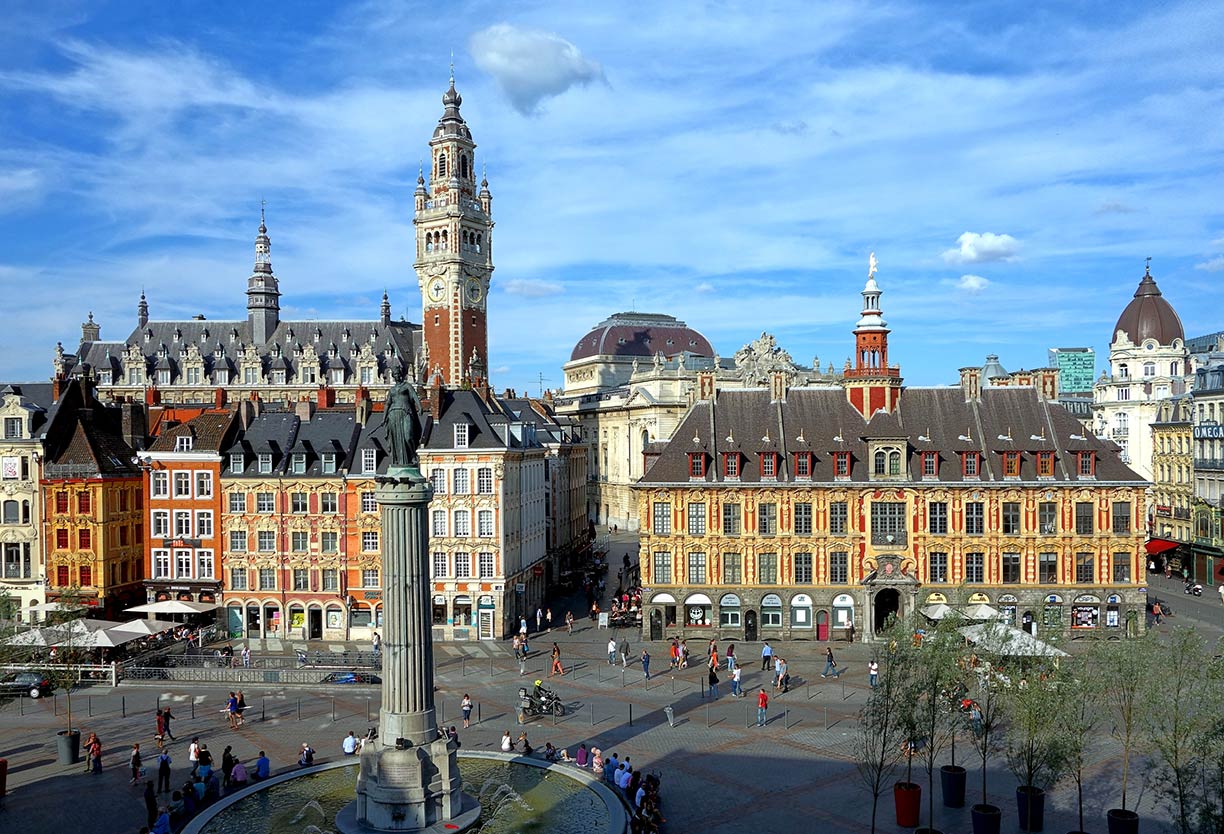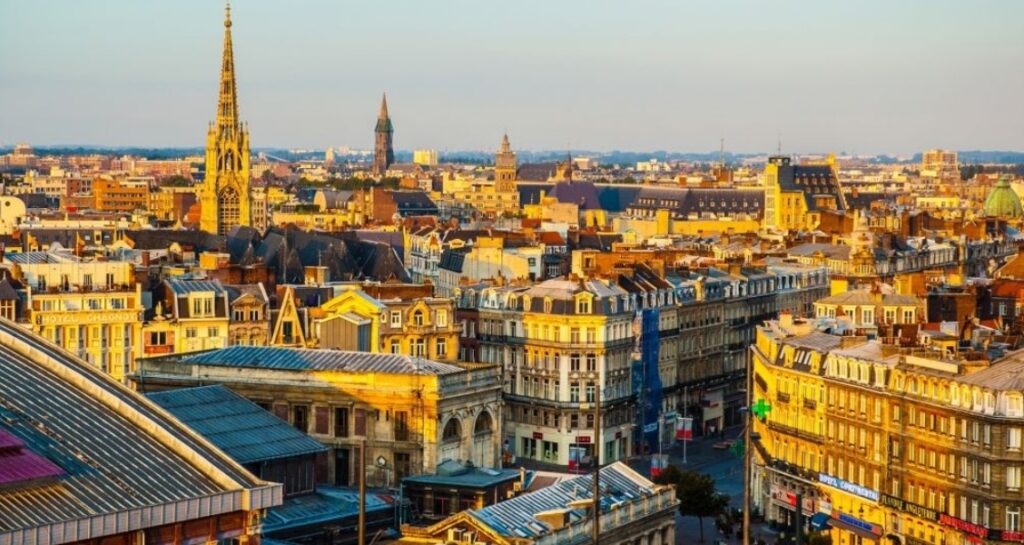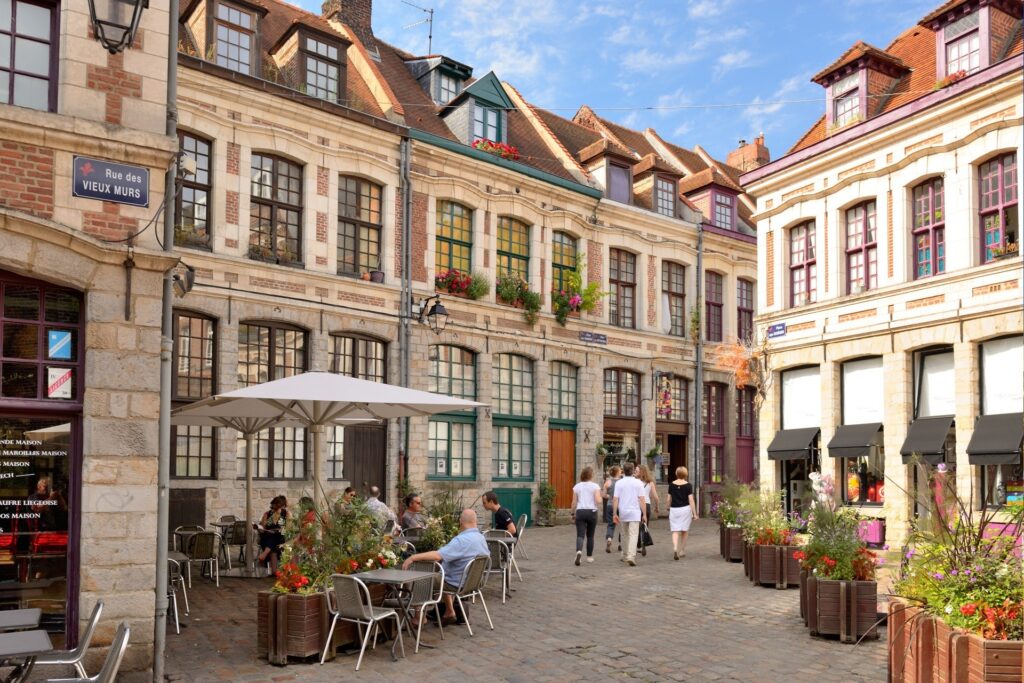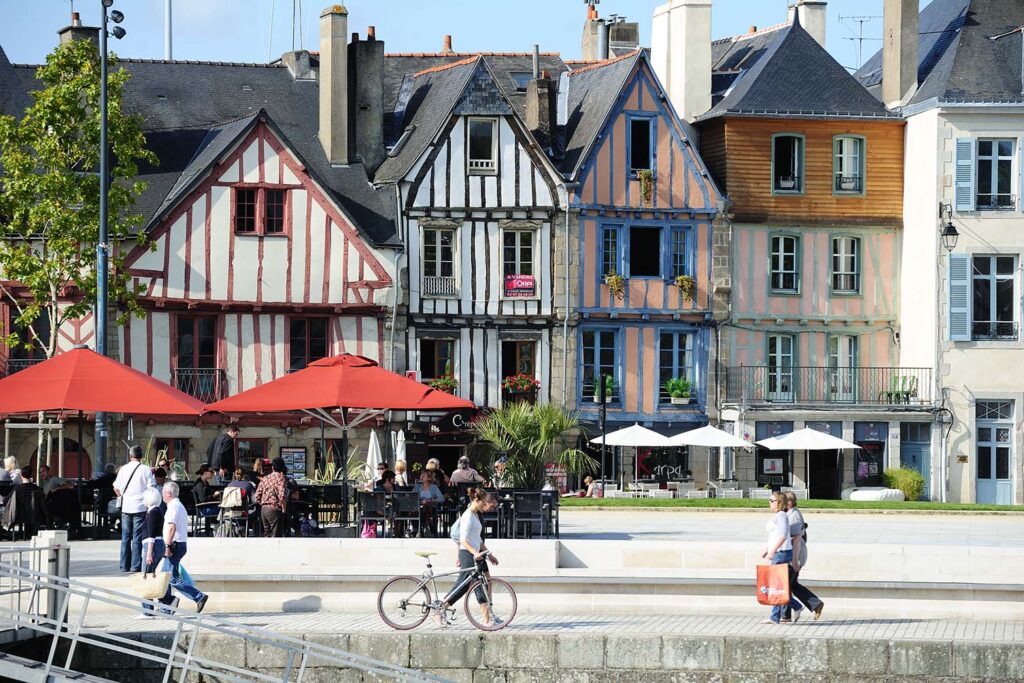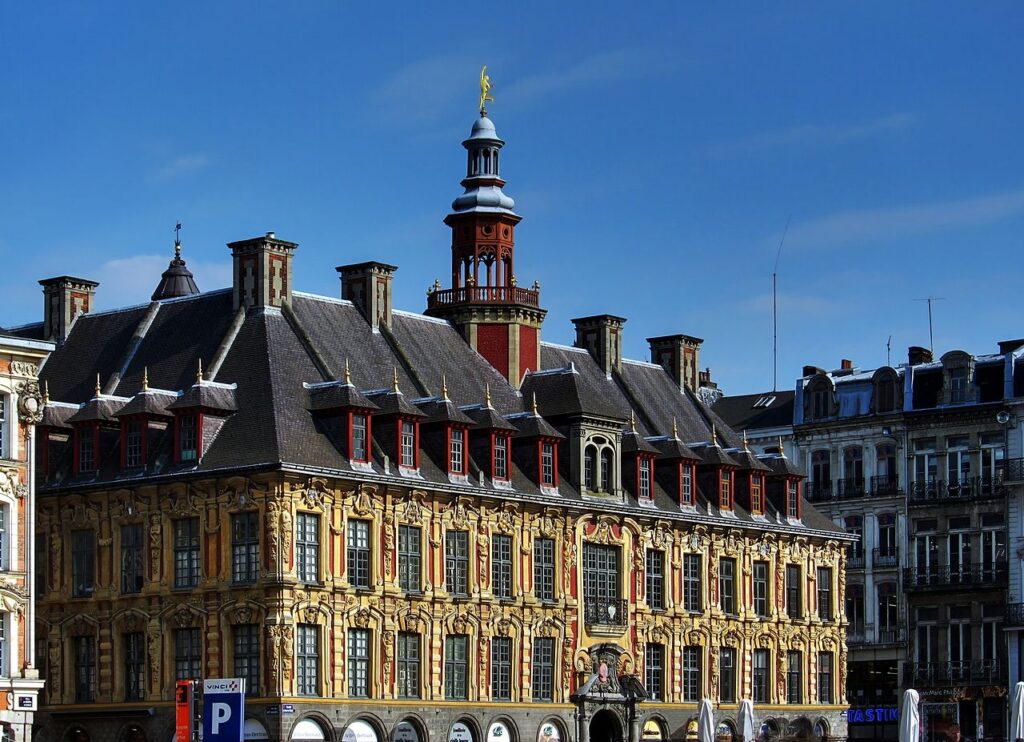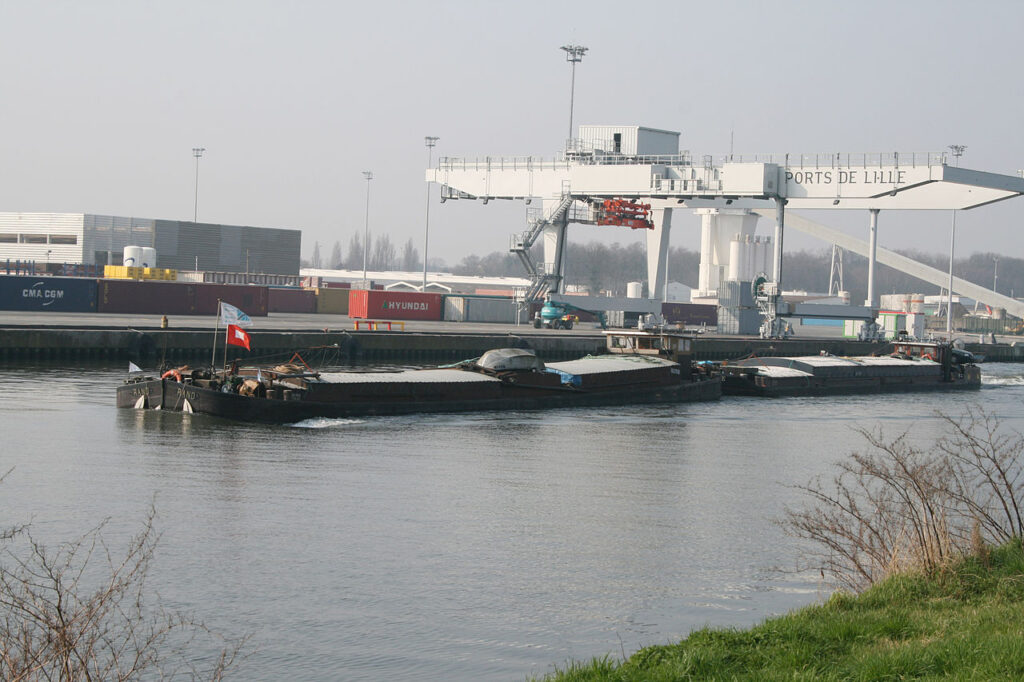Lille is a city at the northern part of France, in French Flanders. On the Deûle River, near France’s border with Belgium, it is the capital of the Hauts-de-France region, the prefecture of the Nord department, and the main city of the Métropole Européenne de Lille.
| Country | France |
|---|---|
| Region | Hauts-de-France |
| Department | Nord |
| Arrondissement | Lille |
| Canton | Lille-1, 2, 3, 4, 5 and 6 |
| Intercommunality | Métropole Européenne de Lille |
| Government | |
| Mayor (2020-2026) | Martine Aubry (PS) |
| Area | 34.8 km2 (13.4 sq mi) |
| Urban (2017) | 925.7 km2 (357.4 sq mi) |
| Metro (2007) | 7,200 km2 (2,800 sq mi) |
| Population (2017-01-01) | 232,787 |
| Time zone | UTC+01:00 (CET) |
| Summer (DST) | UTC+02:00 (CEST) |
Nicknamed in France the “Capital of Flanders”, Lille and its surroundings belong to the historical region of Romance Flanders, a former territory of the county of Flanders that is not part of the linguistic area of West Flanders.
A merchant city since its origins and a manufacturing city since the 16th century, the Industrial Revolution made it a great industrial capital, mainly around the textile and mechanical industries. Today, the historic center, Old Lille, is characterized by its 17th century red brick town houses, its paved pedestrian streets and its central Grand’Place.
The development of its international airport, annual events such as the Braderie de Lille in early September (attracting three million visitors), the development of a student and university center (with more than 110,000 students, the third largest in France behind Paris and Lyon), its ranking as City of Art and History since in 2004 and the events of Lille 2004 (European Capital of Culture) and Lille 3000 are the main symbols of this revival.
Climate
Lille can be described as having a temperate oceanic climate; summers normally do not reach high average temperatures, but winters can fall below freezing temperatures, but with averages quite a bit above the freezing mark.
Main sights
Lille features an array of architectural styles with various amounts of Flemish influence, including the use of brown and red brick. In addition, many residential neighborhoods, especially in Greater Lille, consist of attached 2–3 story houses aligned in a row, with narrow gardens in the back. These architectural attributes, many uncommon in France, help make Lille a transition in France to neighboring Belgium, as well as nearby Netherlands and England, where the presence of brick, as well as row houses or the terraced house is much more prominent.
Points of interest include
- Lille Cathedral (Basilique-cathédrale Notre-Dame-de-la-Treille)
- Citadel of Lille
- Palais des Beaux-Arts de Lille
- Jardin botanique de la Faculté de Pharmacie
- Jardin botanique Nicolas Boulay
- Jardin des Plantes de Lille
La Braderie
Lille hosts an annual braderie on the first weekend in September. Its origins are thought to date back to the twelfth century and between two and three million visitors are drawn into the city. It is one of the largest gatherings of France and the largest flea market in Europe.
Many of the roads in the inner city (including much of the old town) are closed and local shops, residents and traders set up stalls in the street.
Transport
Public transport
The Métropole Européenne de Lille has a mixed mode public transport system, which is considered one of the most modern in the whole of France. It comprises buses, trams and a driverless light metro system, all of which are operated under the Transpole name. Tourcoing, and has 45 stops. 68 urban bus routes cover the metropolis, 8 of which reach into Belgium.
Railways
Lille is an important crossroads in the European high-speed rail network. It lies on the Eurostar line to London (1:20 hour journey). The French TGV network also puts it only 1 hour from Paris, 38 minutes from Brussels, and connects to other major centres in France such as Marseille, Lyon, and Toulouse. Lille has two railway stations: Lille-Europe station (Gare de Lille-Europe) and Lille-Flandres station (Gare de Lille-Flandres).

Air traffic
Lille Lesquin International Airport is 15 minutes from the city centre by car (11 km). The airport mostly connects other French and European cities (some with low-cost airlines).
Waterways
Lille is the third-largest French river port after Paris and Strasbourg. The river Deûle connects to Northern Europe via the River Scarpe and the River Scheldt (towards Belgium and the Netherlands), and internationally via the Lys River (to Dunkerque and Calais).
Education
With over 110,000 students, the metropolitan area of Lille is one of France’s top student cities.
At the beginning of 2018, Lille 1, Lille 2 and Lille 3 merged to form the new University of Lille (student enrollment: 70,000). It is part of the Community of Universities and Institutions (COMUE) Lille Nord de France and the European Doctoral College Lille Nord de France.
Lille is also site of the University and Polytechnic Federation of Lille (Fédération Universitaire et Polytechnique de Lille), a large private educational university that includes a medical school, business school, law school, etc.
Media and sports
Local newspapers include Nord éclair and La Voix du Nord.
The city’s most major association football club, Lille OSC, currently plays in Ligue 1, the highest level of football in France. The club has won eight major national trophies and regularly features in the UEFA Champions League and UEFA Europa League.
It was in Lille that the 100th World Esperanto Congress took place, in 2015.
